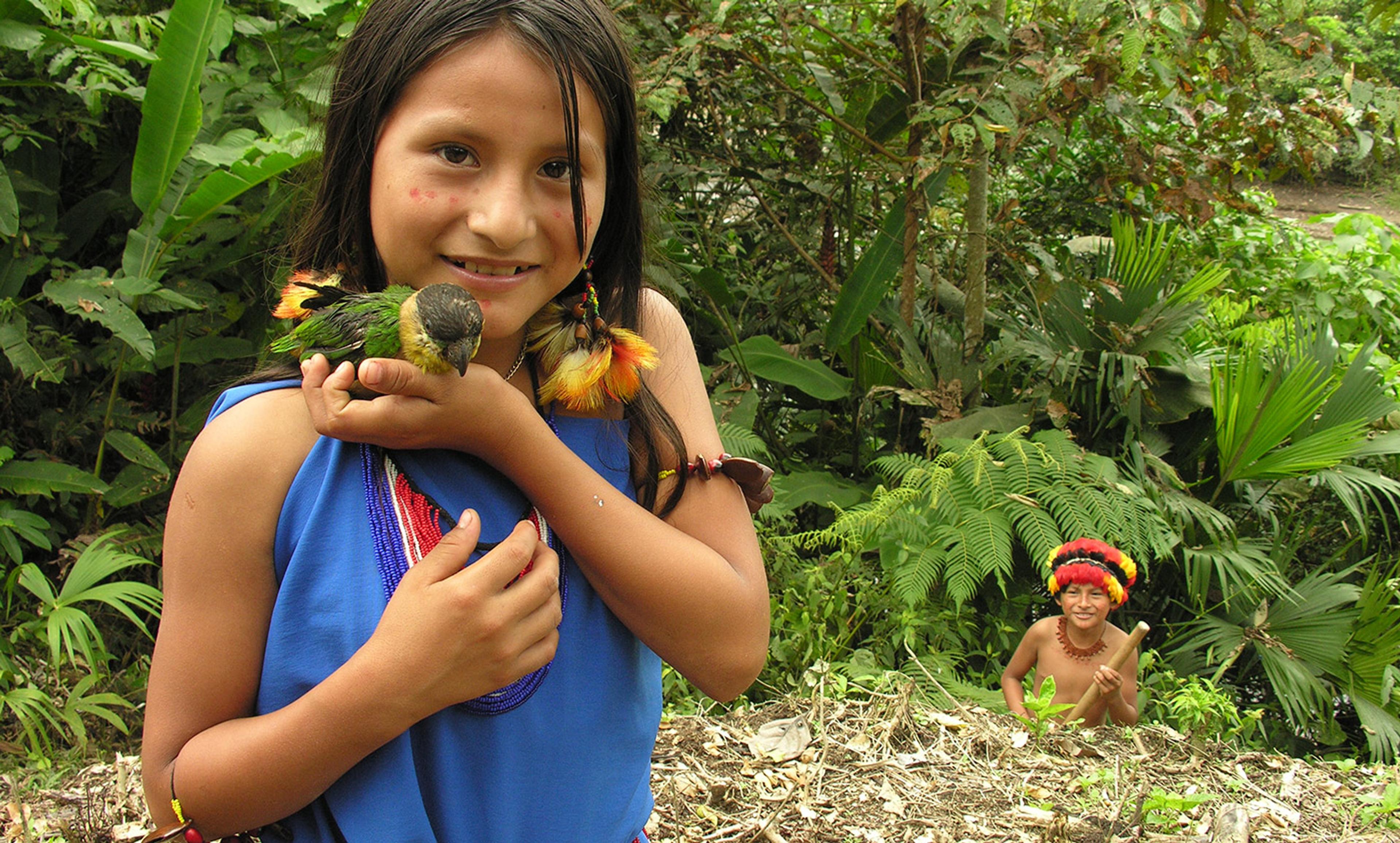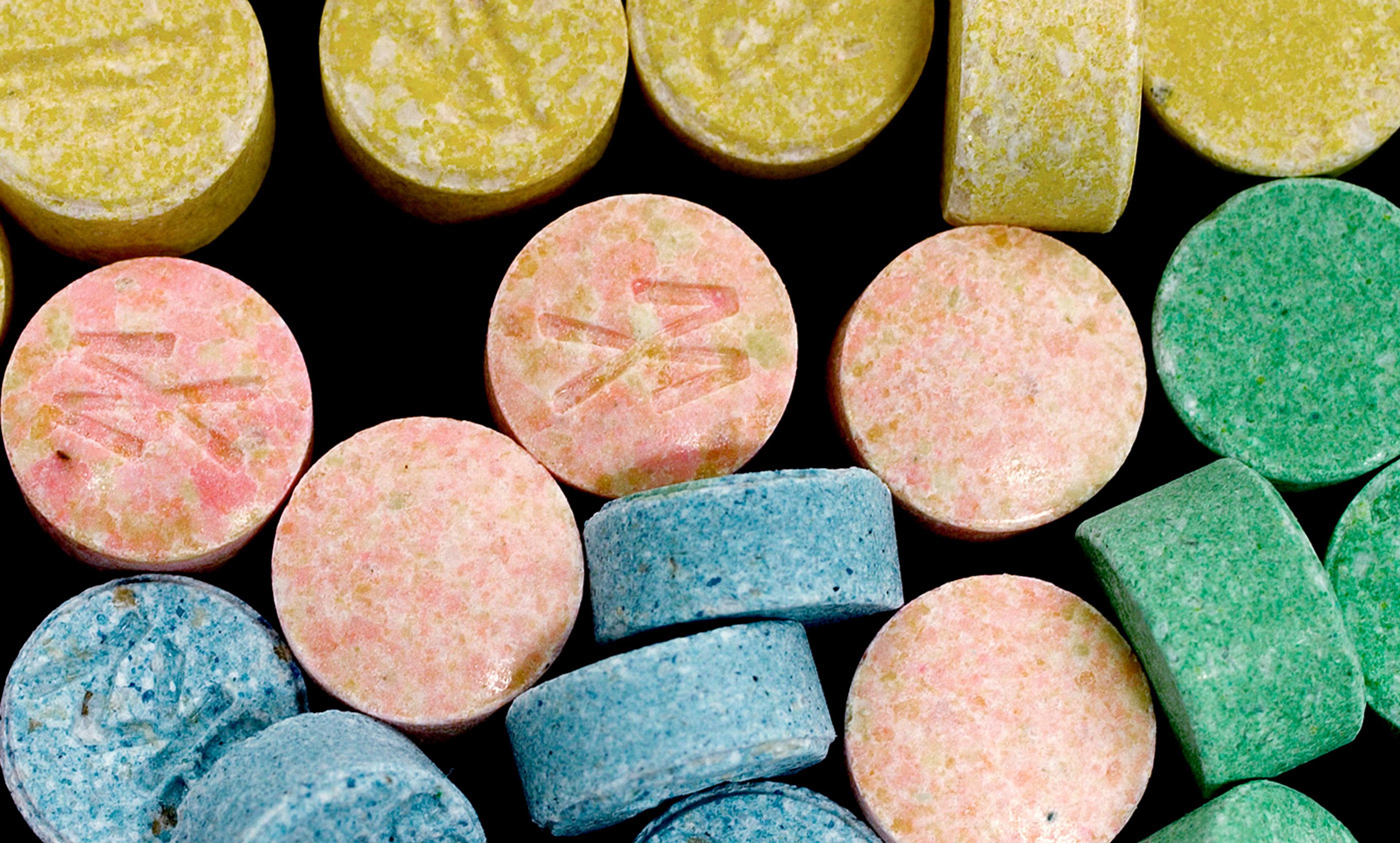Reymond Giger/Flickr
I decided to study the brains of teenagers because I was fascinated by the transition from dependence to independence, and hoped to discover the emotional and neurobiological changes supporting that transition.
Labs around the world have long shown that the adolescent brain is special – that teens are not simply mini-adults or overgrown children, neurobiologically speaking. Early on, the field focused on the potentially negative effects of greater arousability in the adolescent brain and its impact on real-life risk-taking behaviour. But research emerging from our lab at the University of California, Los Angeles shows that the neural sensitivity to risk in adolescence can actually help the teenager make optimal choices and better evaluate options – even better than adults.
Our lab has confirmed that during adolescence, the brain goes through a unique developmental period, expressing profound strengths and weaknesses that set teens apart. Adolescents are at once more susceptible to negative influences, such as the pressure to use drugs, and positive drives, such as the tendency to join movements for social change. The adolescent brain is thirsty for exploration, learning and social relationships, and simply has circuitry with greater sensitivity in centres for emotion, memory and motivation than the brains of younger children or adults.
My lab aims to use neuroimaging techniques to give a good snapshot of the teen brain in action, and to couple the findings with the environments in which those teens are reared. To this end, we conduct extensive in-home interviews that provide a broader contextual understanding of the adolescents’ daily lives. We interview parents and family members, conduct an in-depth assessment of the neighbourhood, and take photographs of their sleep environment.
A separate line of research aims to gain greater insight into the mesolimbic dopamine system, otherwise known as the reward pathway, in the teen brain. Traction here has traditionally been challenging, so we have begun to incorporate an assessment of eyeblink rate, which is benchmarked as a good proxy for activity in the dopamine system, into our studies. This technique is less burdensome and less expensive than neuroimaging, so it has promise as a feasible and useful tool for youth in whom direct measurements of dopamine are prohibitively invasive.
The brain regions that undergo the most development during adolescence, including the striatum, hippocampus and prefrontal cortex, are those that are most sensitive and responsive to positive and negative environmental conditions. For instance, our research on how the teen brain responds to smoking cues shows that although the reward system of the teen brain is, indeed, more easily aroused by smoking ads than the adult brain, it is also more sensitive to provocative cigarette-warning labels. This finding suggests that anti-smoking ads are more effective at deterring smoking in teens than in adults, just as smoking promotions are more effective at encouraging smoking in teens than in adults.
Changes in the mesolimbic dopamine system during adolescence facilitate enhanced learning, detection of opportunities and sensitivity to peer feedback compared with adults. Together, these characteristics have implications for how adolescents should be taught new things, both in and out of the classroom. For instance, the finding that peers are a powerful source of influence can be leveraged to impart knowledge. Information about risk-taking and health coming from peers might be far more effective than that same information delivered by educators and parents.
As adolescents become increasingly eager to utilise their expanding intellectual skills and explore new social relationships, they begin to appreciate the influence they have in enacting change, either through political movements, activism for causes they believe in, or lending social support to a friend in need. Encouraging opportunities to learn more about their environment and their role in shaping it can empower their naturally creative juices.
Although there is variability in the risk-taking behaviours they engage in, most adolescents are risk-takers! This is not necessarily a bad thing because many important life lessons are learned through trial and error, but it becomes problematic when the risk-taking leads to unhealthy habits or destructive behaviour. So to steer teens towards positive behaviour, it is important for them to see the value and pleasure of beneficial risks such as standing up for a cause in which they believe.
The most important thing about our findings is that neurobiological changes triggered by puberty in the adolescent brain are adaptive for the individual and beneficial for society. At no other time in life is there greater intrinsic motivation to explore new experiences than during adolescence. We should celebrate this period of development, not pathologise it.






